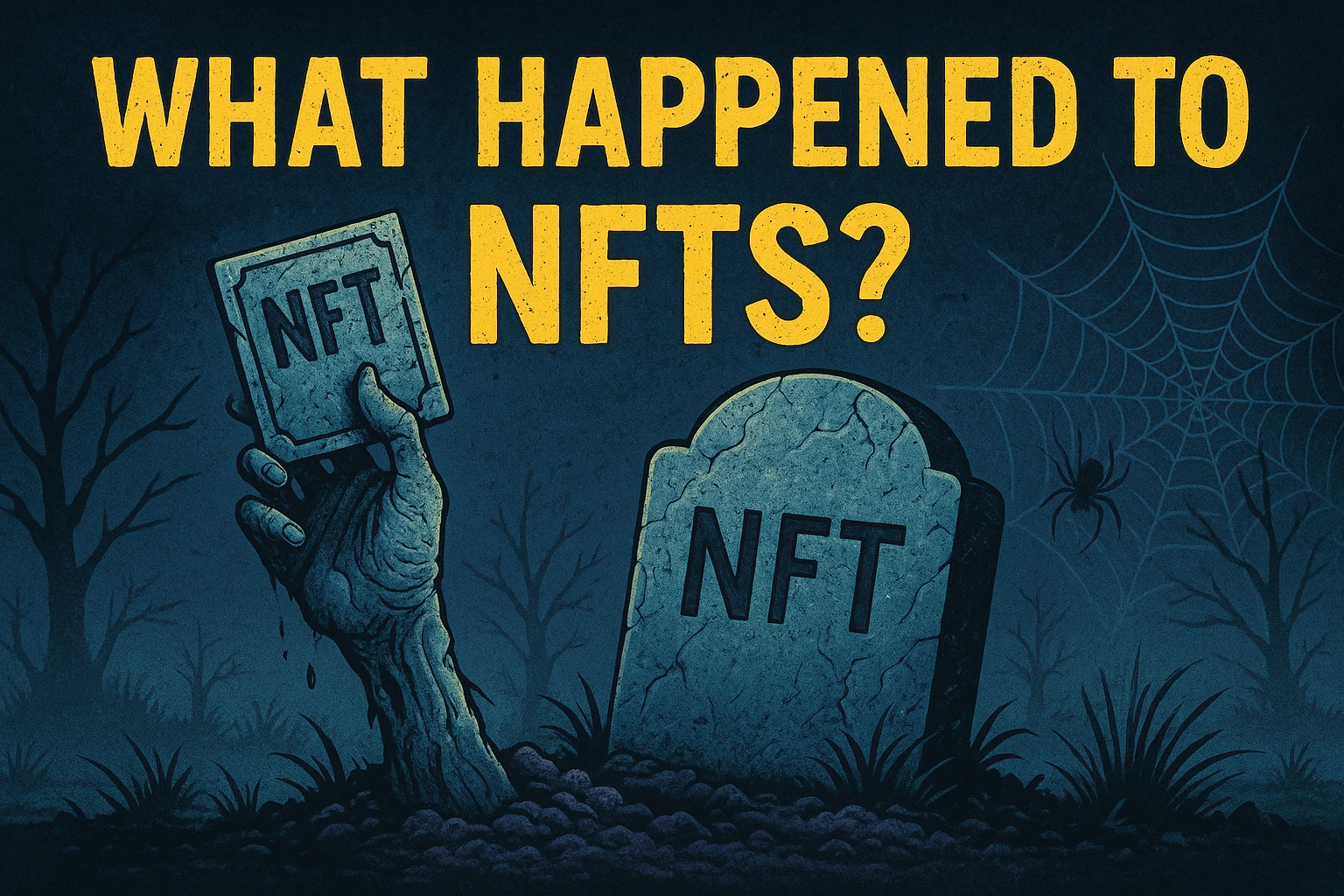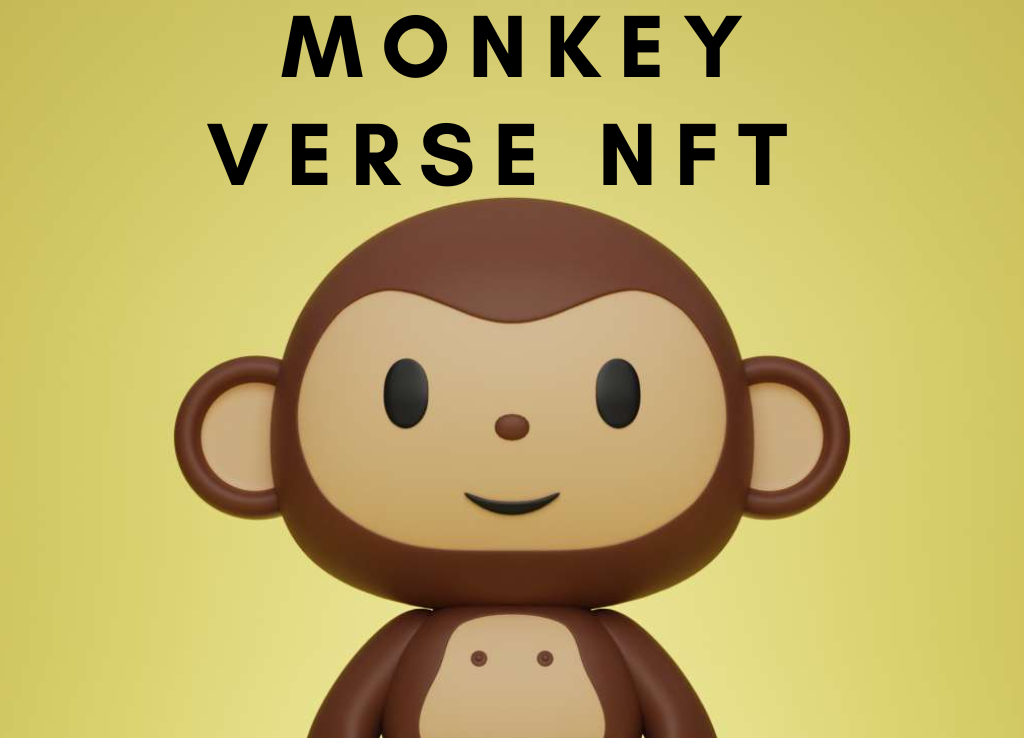The NFT market has experienced one of the most dramatic rises and falls in crypto history. From reaching a peak of $17 billion in trading volume in January 2022 to experiencing a 97% decline by September 2022, the question on everyone’s mind remains: what happened to NFTs?
As someone who’s been navigating the crypto waters for over five years and witnessed the entire NFT lifecycle firsthand, I’ll break down exactly what transpired, where we stand today, and what the future might hold.
Current State of the NFT Market
Trading Volume and Activity
The numbers paint a clear picture of the market’s current state:
- Approximately 250,000 individuals engage in NFT trading on OpenSea every month
- The NFT market collapsed spectacularly after reaching a peak of $17 billion in trading volume in January 2022, dropping by 97% by September 2022
- The total value of all global NFT transactions in Q3 was $10.7 billion
Despite the dramatic decline, the market hasn’t completely disappeared. Recent Reddit discussions reveal that approximately $1 million is still being spent daily on new NFT mints, suggesting a smaller but persistent user base.
Market Share Distribution
| Platform | Market Share | Monthly Volume |
|---|---|---|
| Blur | Leading position | $226+ million |
| OpenSea | 36.5% | $690 million |
| Magic Eden | Dropped from top 5 | N/A |
Blur ascended to the top with a trading volume of over US$226 million, while once-prominent platforms like Magic Eden vanished from the top 5.
What Caused the NFT Market Crash?
The Perfect Storm of Factors
The NFT market crash wasn’t caused by a single event but rather a combination of interconnected factors:
Market Oversaturation
Market saturation, global inflation, and NFT scams have contributed to the market crash. The space became flooded with projects, many of questionable quality, diluting the perceived value of legitimate collections.
Economic Factors
The Federal Reserve’s interest rate hikes fundamentally changed the investment landscape. As one Reddit user astutely observed: “It’s biggest high point was at a time when money was free and abundant. Wealthy people started loading into crypto and NFTs as a place to park extra money. When the fed raised rates, the money wasn’t free.”
Speculative Bubble Burst
A liquidity plunge hit the NFT market in Q4 2022, persisting into mid-2023, causing the floor prices of at least 95% of NFT projects to crash near zero levels.
Mainstream Media Backlash
The media narrative shifted dramatically, with outlets frequently mocking the industry and highlighting scams rather than legitimate use cases.
Are NFTs Actually Dead?
The Data Says Otherwise
While the hype has certainly died down, calling NFTs “dead” might be premature:
- By March 2024, OpenSea had exceeded 1 million people actively buying and selling NFTs
- The NFT market worldwide is projected to reach a market volume of US$608.6m in 2025
- Citizens of China and Singapore are the most interested in NFTs, according to Google Trends
The Artist’s Perspective
For digital artists, the landscape has fundamentally changed. As one Reddit user noted: “But if you are a legit artist, who knows how to market yourself, I think there’s still a small pie that you can take pieces out of.”
The key challenges artists face today:
- Reduced exit liquidity
- Lower profit margins
- Increased competition
- Need for stronger marketing skills
Current Opportunities and Challenges
For Artists and Creators
Opportunities:
- Less competition from speculative traders
- Focus on genuine artistic value
- Building authentic communities
- Long-term collection building
Challenges:
- Longer sales cycles
- Need for better marketing
- Reduced media attention
- Market skepticism
For Investors and Collectors
Opportunities:
- Lower entry prices for quality pieces
- Less speculation-driven pricing
- Focus on utility and real-world applications
- Potential for future appreciation
Challenges:
- Reduced liquidity
- Longer holding periods required
- Difficulty identifying valuable projects
- Market uncertainty
The Technology Behind NFTs: Still Evolving
Beyond Profile Pictures
The NFT technology itself continues to evolve beyond simple JPEG trading:
- Gaming integration and in-game assets
- Music and entertainment licensing
- Real estate and property rights
- Identity verification systems
- Intellectual property protection
Infrastructure Improvements
Recent developments include:
- Lower transaction costs on Layer 2 solutions
- Improved user experience on marketplaces
- Better creator tools and platforms
- Enhanced security measures
Expert Analysis: The Hibernation Theory
Many industry veterans, including myself, view the current state as a “hibernation period” rather than death. This perspective is supported by historical precedent in the crypto space.
As one experienced Reddit user explained: “It’s like bitcoin’s 2014 run, it’s over it’s over it’s over, then 2018 happened and it was an even bigger surge.”
Key Indicators for Recovery
- Institutional adoption of underlying technology
- Regulatory clarity and frameworks
- Integration with traditional industries
- Improved user experience and accessibility
Regional Interest and Global Trends
The global interest in NFTs varies significantly by region:
- Highest Interest: China, Singapore, Venezuela
- Growing Markets: Vietnam, Ireland
- Mature Markets: United States (not in top 10 for search interest)
This geographic distribution suggests that NFTs may experience different adoption curves in various markets.
Future Outlook: What’s Next for NFTs?
Short-term Predictions (2025-2026)
- Continued market consolidation
- Focus on utility over speculation
- Integration with AI and gaming
- Regulatory developments
Long-term Vision (2027-2030)
The future of NFTs likely lies in seamless integration with everyday digital experiences. As one Reddit user envisioned: “It should feel like buying a song off iTunes or a stock off Robinhood. They won’t even know they are buying an NFT.”
Frequently Asked Questions
Are NFTs a good investment in 2025?
NFTs as pure investments carry significant risk due to market volatility and reduced liquidity. However, for those interested in supporting artists or collecting digital art, there may be opportunities at current price levels.
Which NFT marketplace should I use?
Current top choices include Blur for high-volume trading and OpenSea for accessibility. The choice depends on your specific needs and experience level.
Is now a good time to launch an NFT collection?
For artists with strong marketing skills and genuine artistic value, the reduced competition might present opportunities. However, expect longer sales cycles and the need for community building.
What happened to famous NFT collections like CryptoPunks?
CryptoPunks and Bored Ape Yacht Club remain the profile picture non-fungible tokens with the highest market cap in 2024, though their values have declined significantly from peak levels.
Will NFTs recover to 2022 levels?
While possible, recovery would likely require significant changes in market conditions, including renewed institutional interest, clearer regulations, and improved technology adoption.
Conclusion: Evolution, Not Extinction
The NFT market has undoubtedly experienced a dramatic correction, but the underlying technology and core use cases remain valid. What we’re witnessing isn’t the death of NFTs but rather their evolution from a speculative asset class to a more mature technology with real-world applications.
For artists, investors, and enthusiasts, the current market presents both challenges and opportunities. Those who can navigate the reduced liquidity, focus on genuine value creation, and build authentic communities may find themselves well-positioned for the next market cycle.
The question isn’t whether NFTs are dead, but rather how they’ll integrate into our digital future. As the technology matures and user experience improves, we may see NFTs become as commonplace as downloading apps or streaming music – invisible to the end user but fundamental to the digital economy.
Remember: This analysis is based on current market conditions and historical data. The crypto and NFT markets are highly volatile, and past performance doesn’t guarantee future results. Always do your own research before making investment decisions.

